Courses
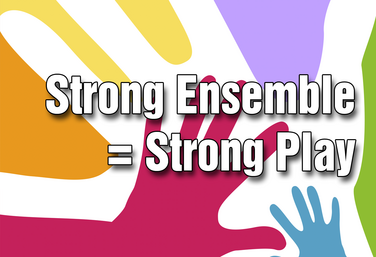
Strong Ensemble = Strong Play
by Craig Mason
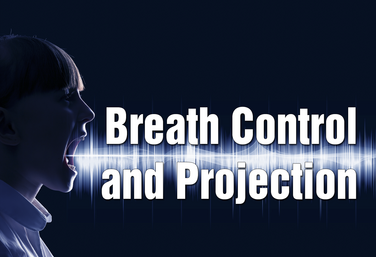
Breath Control and Projection
by Elisabeth Oppelt
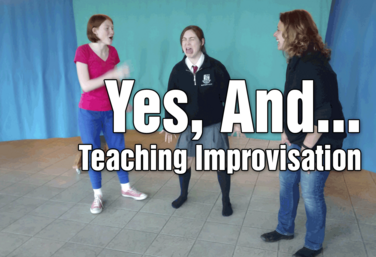
Yes, And... How to Teach Improv
by Jennine Profeta
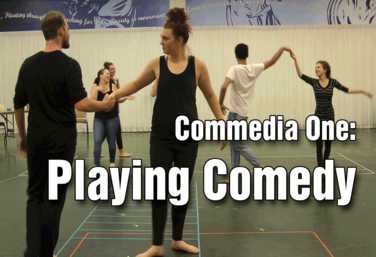
Commedia I: Playing Comedy
by Todd Espeland
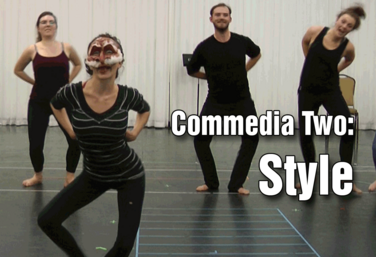
Commedia II: Style
by Todd Espeland
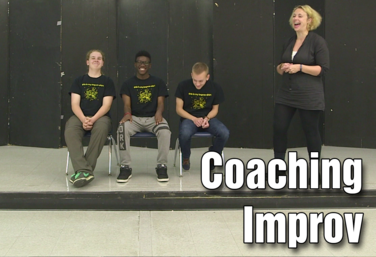
Coaching Improv
by Jennine Profeta
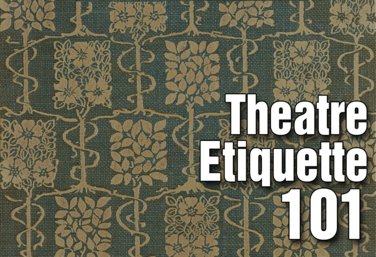
Theatre Etiquette 101
by Kerry Hishon
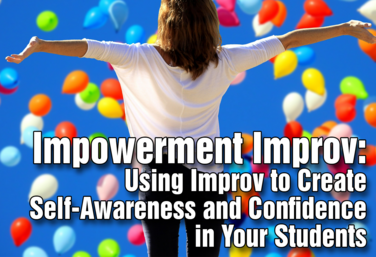
Impowerment Improv
by Jennine Profeta
Units
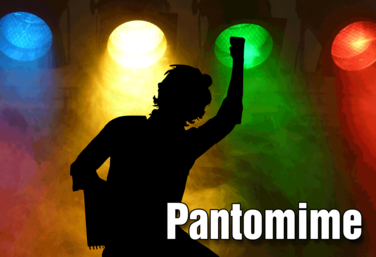
Pantomime
by Angel Borths

What is Theatre?
by Karen Loftus
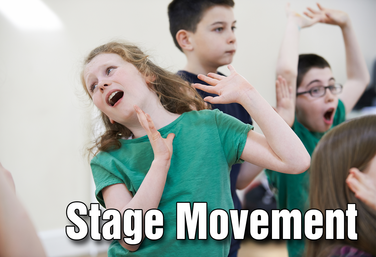
Stage Movement
by Karen Loftus

Pantomime
by Karen Loftus
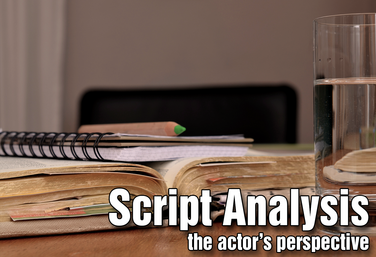
Script Analysis: The Actor's Perspective
by Karen Loftus
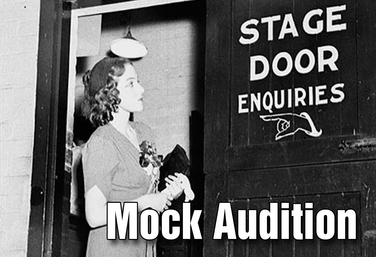
Mock Audition
by Lindsay Price
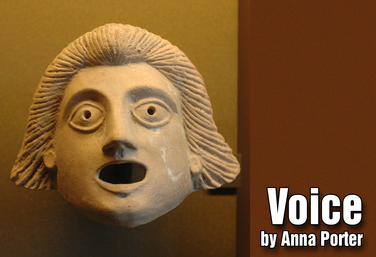
Voice
by Anna Porter

Pantomime
by Anna Porter
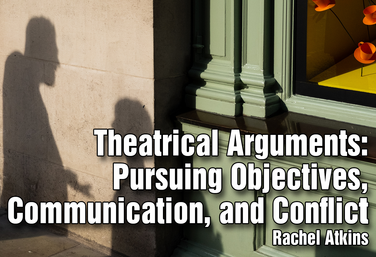.png)
Theatrical Arguments: Pursuing Objectives, Communication, and Conflict
by Rachel Atkins
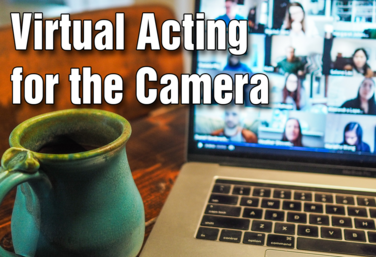
Virtual Acting for the Camera
by Ruthie Tutterow
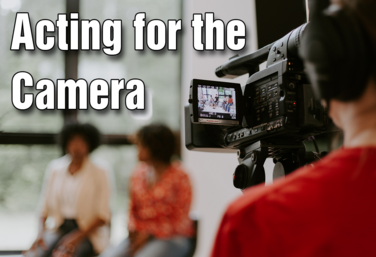
Acting for the Camera
by Ruthie Tutterow
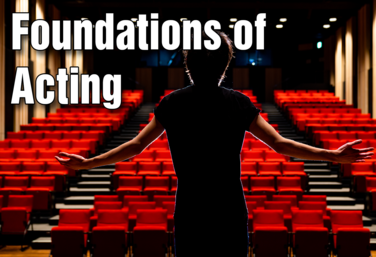
Foundations of Acting
by Annie Dragoo
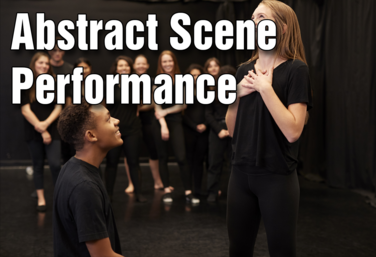
Abstract Scene Performance
by Annie Dragoo
Lesson Plans
Introduction to Tableau
by Lindsay Price
Advanced Tableau - Nonlinear Communication
by Lindsay Price
Positive and Negative Space: Stepping Into Tableau
by Alexander Jackson
Movie Poster Tableau
by Stephanie-Ann Cocking
Subtext: What’s hiding underneath?
by Lindsay Price
Acting the Monologue: Sugar and Salt
by Lindsay Price
The Environment of Sound
by Lindsay Price
Inflection in Naked Scenes
by Marisa Peck
Examining the Pause
by Lindsay Price
Acting Shakespeare Style
by Lindsay Price
The Fourth Wall
by Elisabeth Oppelt
Shakespeare Tableaux
by Karen Loftus
Becoming a Professional Actor: Getting Started
by Lindsay Price
Becoming a Professional Actor: Headshots
by Lindsay Price
Silent Story: Show Don't Tell
by Lindsay Price
Preparing a Scene
by Lindsay Price
Rock Paper Scissors Status
by Karen Loftus
Research Project: Acting Teachers
by Todd Espeland
The Acting Resume
by Todd Espeland
Acting Techniques: A Method Exercise
by Lindsay Price
Commedia dell'arte: High Status and Low Status
by Todd Espeland
What Do We “Do” on Stage?
by Karen Loftus
Exploring Spoken Word Poetry
by Kerry Hishon
Using Theatre to Share and Celebrate History
by Kerry Hishon
Play in a Week
by Steven Stack
Transitions
by Kerry Hishon
Approaching Random Tasks in Character
by Kerry Hishon
Can You Hear Me Now? A Peer-Led Volume Exercise
by Kerry Hishon
Same Lines, Different Meanings
by Kerry Hishon
Real World Applications: Swings, Standbys, and Understudies
by Lindsay Price
Acting vs. Performing a Song
by Annie Dragoo
A Cross-Curricular Performance Challenge
by Kerry Hishon
The Musical Theatre Audition Slate
by Annie Dragoo
How to Practice Cold Reading
by Kerry Hishon
The Musical Theatre Audition Portfolio Project
by Annie Dragoo
Six-Second Scenes
by Kerry Hishon
Resources
A Pause for Pauses
Poster: Acting Tips
Script Analysis for Student Actors
Be Amazing In Two Minutes Or Less
Actions List
Character List
Emotions List
Objects List
Script Analysis For Actors: Action Words
Example of Student and Parent Contract
Acting: Playing it Straight
Acting: Playing the Opposite
The Secret Scene Partner
Acting: Playing with Pace
Learning Lines
There are no small parts, only small choices
Why so Emotional? A Guide for Highly Charged Scenes
Audition Advice
Picture Prompt: Awkward
Playing Status
Competition Do's and Don'ts
Becoming a Professional Actor: Agents
Becoming a Professional Actor: Acting School
Becoming a Professional Actor: Avoiding Scams
Becoming a Professional Actor: Headshots and Resumes
Duet Characters List
Reflection Sheets
Scene Work: Where do I Start?
Acting in Shakespeare and Classical Plays
Active Verb List
Scenes for Classroom Study: The Snow Show
Character Mask Profile
Tableau Rubric
Scene Performance Rubric
Monologue Performance Rubric
How To Prepare a Theatrical Resume
Using Multiple Tactics
Research Project: Acting Teachers
Laban's Eight Efforts
The Comedy Cornerstones for Commedia
The Five Keys every Actor Needs to Know
Improvising Your Monologue Exercise
Poster: The Role of the Audience
Poster: Theatre Audience Etiquette
Uta Hagen's 9 Questions
Shakespeare Exercise: Physicalizing the Punctuation
Shakespeare Exercise: Tomb Scene
High and Low Status
The 24 Hour Student Playwriting Festival
Memorization Tips, Tricks and Techniques
Character Maps
Poster: Audition Etiquette
Poster: What's Your Call Time
Poster: Respect This Space
Poster: Respect the Crew
Poster: Respect the Cast
Poster: Quiet Backstage
Poster: Props are Not Toys
Poster: Precheck
Poster: Have Fun and Tell the Story
Poster: Did you Hang up your Costume?
Poster: Did you Warm up?
The Basics of Theatrical Performance
How to Block Your Monologue
Poster: Acting In Your Head or In the Room
Monologue Information Sheet

Tableaux Vivants
4 - Acting & Actors
- Overview
- Freedom of Movement Resource
- Understanding the Voice Resource
- Character Development Resource
- Trans & Non-binary Actors Interviews & Quotes
- Charlotte Cushman: Star Quality (Lesson Plan)
- Research Project LGBTQ+ Actors
- Exploring the Comfort Zone (Lesson Plan)
- Football Romeo Script (for Exploring the Comfort Zone)
- Sunday Lunch Script (for Exploring the Comfort Zone)
- Swimming with Sins Script (for Exploring the Comfort Zone)
- Scenes: LGBTQ+ characters
- Scenes: Any gender characters
PLCs

Let's get physical
Hosted by Matt Webster, Allison Williams